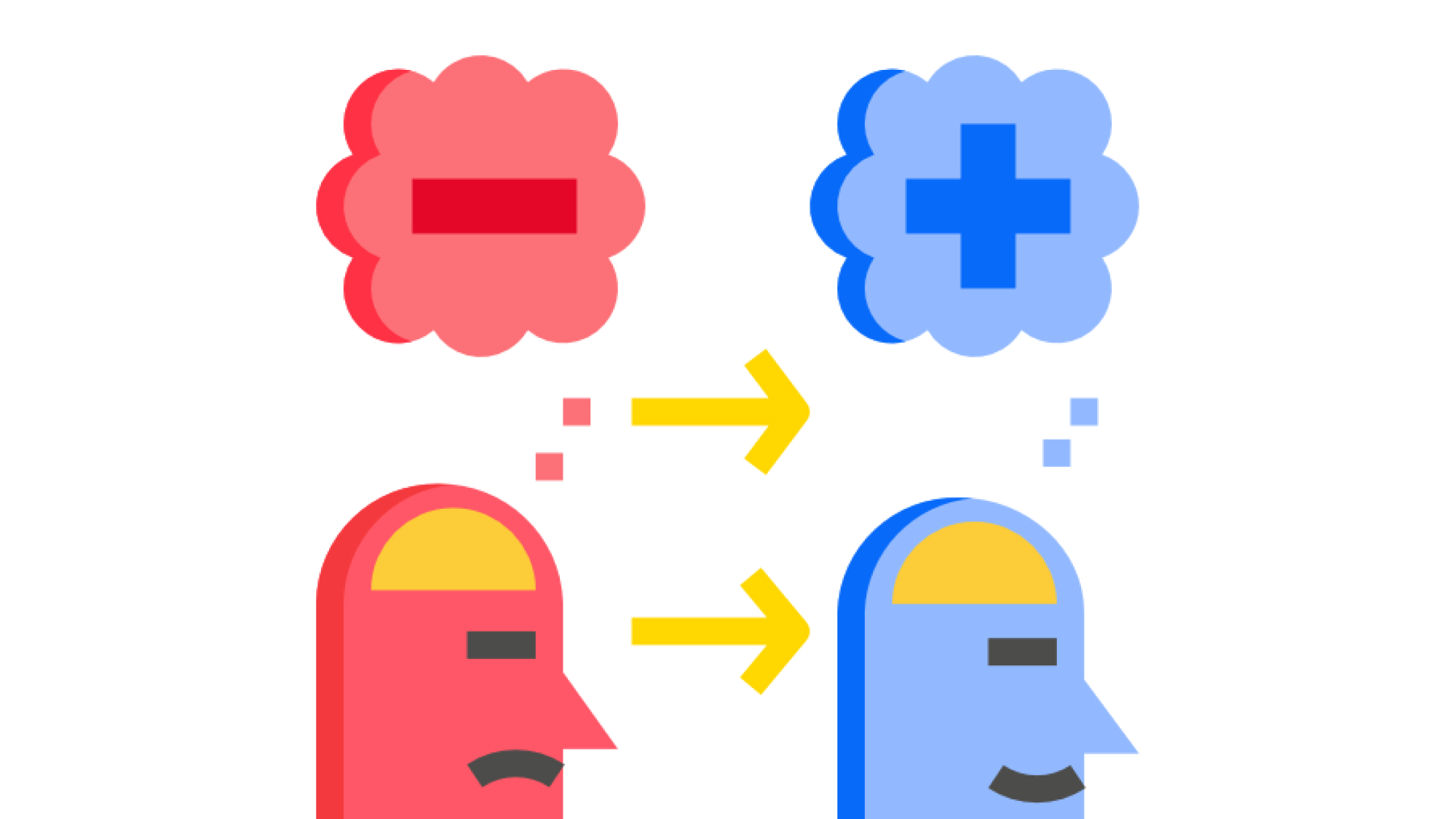
When you think back on events that have occurred in your life, what do you tend to see?
Is it all dark and gloomy, or are most of those memories skewed with a brighter hue?
For most people, the memories we look back on, and the feelings felt in those memories, will be positive because life is generally pleasant, and our memories tend to keep it that way.
What is the Fading affect bias?
Commonly known as FAB, the fading affect bias is a psychological occurrence in which the feelings associated with negative memories fade much faster than those associated with positive ones. When memories are shared with others, findings show that FAB tends to strengthen.
While in the past, there was a lot of criticism of FAB studies, as many of them were thought to contain highly subjective biases, several recent studies have provided evidence for the fading affect bias to be true.
Where it comes from
In one of the earliest studies that date as far back as 1932, a professor of Psychology from the University of Wisconsin, Hulsey Cason had several participants recall and rate past events and emotions. It was in this study, he found that the subjects generally had much better recall for the emotional intensity of positive events, rather than negative ones.
The fading affect bias is a counterpart to the positive affect bias, as there is great emphasis and attention placed on the positive emotional memories, thus skewing the overall autobiographical memory of an individual (as everything tends to be seen more positively than it might actually be).
The fading affect bias is also a critical component in shaping the Pollyanna principle (aka the positivity bias) — the tendency for people to remember pleasant memories more accurately than unpleasant ones. It lends itself to understanding why positive mindsets tend to be adopted, rather than negative ones.
Why it happens
General consensus amongst psychologists and researchers believes that the fading affect bias is meant to help protect us from trauma and highly negative experiences. This is not only to prevent built-up stress but to serve as a way to shape a more positive outlook toward life, thereby molding us into more socially successful beings.
Retaining positive events allows us to become open to new experiences. This is a component to a concept in positive psychology known as the Broaden-and-Build Theory, which suggests that positive emotions help to broaden our awareness, thoughts, and actions. This in turn builds skills and psychological resources that help to enhance survival.

Another explanation to FAB was that it was a way for our minds to create a meaningful narrative for our lives. For that to happen, we need to have an accurate record of positive and negative events in memory, with an emphasis on shaping a positive sense of self. The greater positivity there is in response to the memories of our experiences, the easier and better it is to maintain this positive outlook on self.
This doesn’t necessarily mean we are deluding ourselves and ignoring the negative, but instead, the fading of high-intensive negative events from our memory helps to prevent the burden on our cognitive, affective, and biological selves. In a way, FAB is our brain’s way of cradling and nurturing a better sense of self.
Why we need it
FAB is a way for our mental processes to work at maintaining a generally more positive outlook on life and self, which helps to look at the future with greater hope instead of despair.
It helps to regulate our emotions and retain a healthy, positive perspective toward ourselves, thereby allowing us to approach life with open arms.










